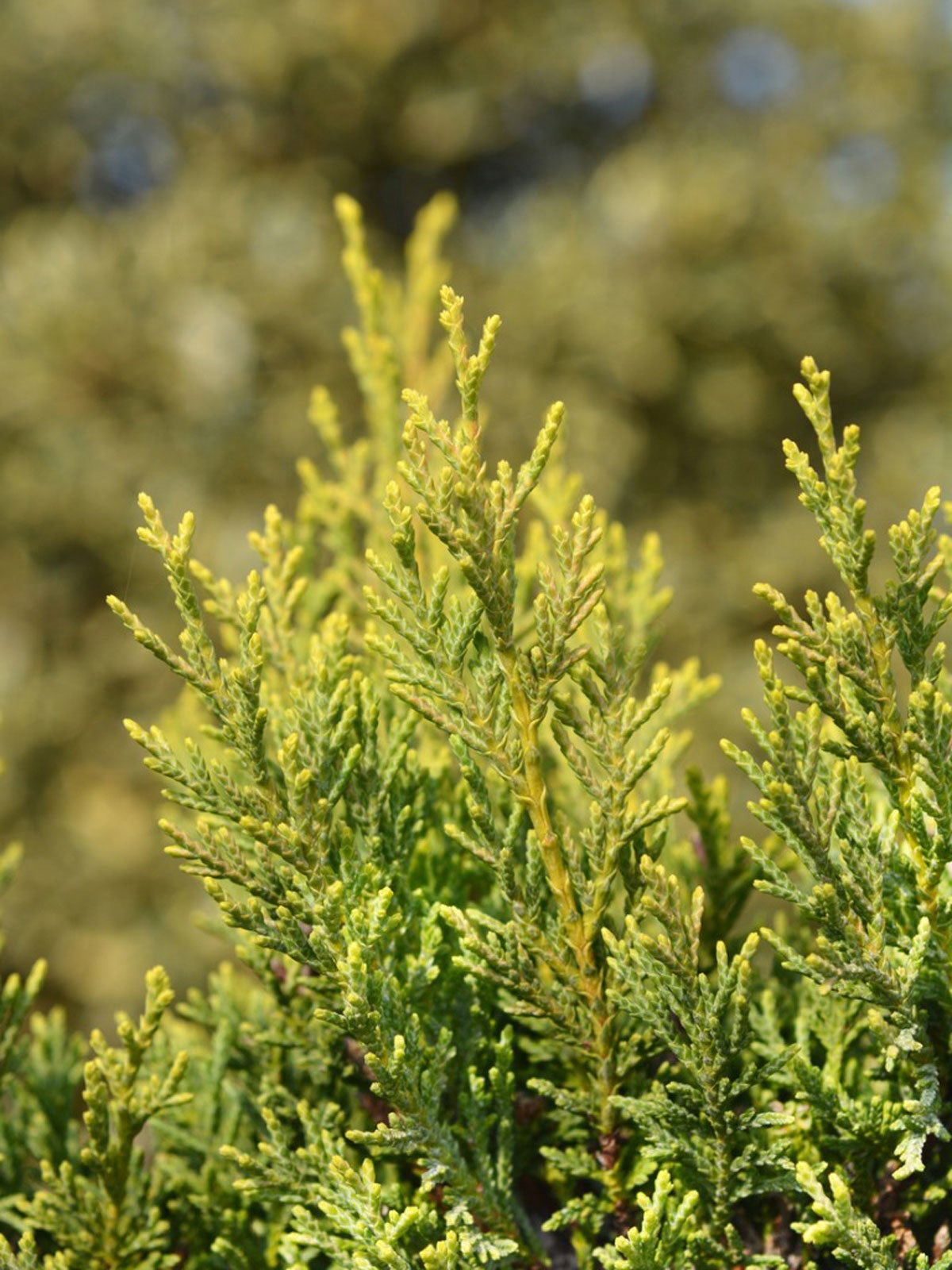Golden Cypress Care: How To Grow Golden Leyland Cypress Trees


If you want high impact golden foliage combined with evergreen ease, look no further than the gold-colored cypress. Also known as the golden Leyland tree, the two toned, yellow scaled leaves add vibrant color to the landscape and set off standard green plants. Keep reading to see if a golden Leyland cypress is the right plant for your garden.
What is a Golden Leyland Tree?
The golden Leyland cypress tree is a standout specimen that adds a punch to the landscape. The plants make great hedges or standalone details. These are very hardy plants that perform well in USDA zones 5 through 9. Plant them in full sun to maximize their golden color.
You can choose cultivars such as Gold Rider or Castlewellan Gold. Both make popular ornamentals or hedge trees. The trees develop a natural pyramid shape requiring little to no shearing and slightly arching branches that draw the eye to the lime green interior. The tips of the foliage are a dramatic golden yellow and retain the color in winter if in full sun.
Slower growing than traditional Leyland cypress, golden cypress will achieve about 10 feet (3 m.) in 10 years. Mature trees are approximately 15 feet (4.5 m.) wide.
Golden Cypress Care
Use golden cypress in large containers, as a windbreak, in a coastal landscape, or in any other scenario that requires the vibrant color as a backdrop.
The trees can tolerate partial shade locations, but the color will not be as vibrant and may turn green in the winter.
Tolerant of any soil pH, the site must be well draining. Leyland cypress plants do not like "wet feet" and will not thrive in boggy soil. Water young plants consistently until established. Mature plants are drought tolerant except in the most extreme heat or in sandy soil where moisture drains off too quickly.
Sign up for the Gardening Know How newsletter today and receive a free copy of our e-book "How to Grow Delicious Tomatoes".
Gold-colored cypresses have low nutrient needs, but in poor soils, they should be fed in early spring with a time-release granular fertilizer.
The tree develops a lovely arching, tiered branch system and rarely needs pruning. Remove any dead or broken branches at any time. Young plants may benefit from staking initially to promote strong, straight trunks.
For the most part, however, this is a low-maintenance and beautiful tree that is suitable for many uses in the garden.

Bonnie Grant is a professional landscaper with a Certification in Urban Gardening. She has been gardening and writing for 15 years. A former professional chef, she has a passion for edible landscaping.